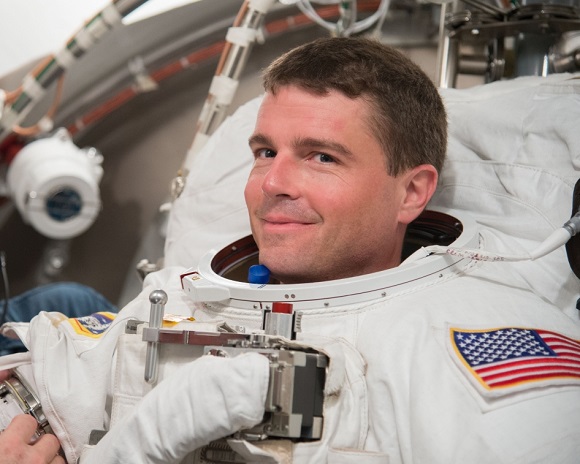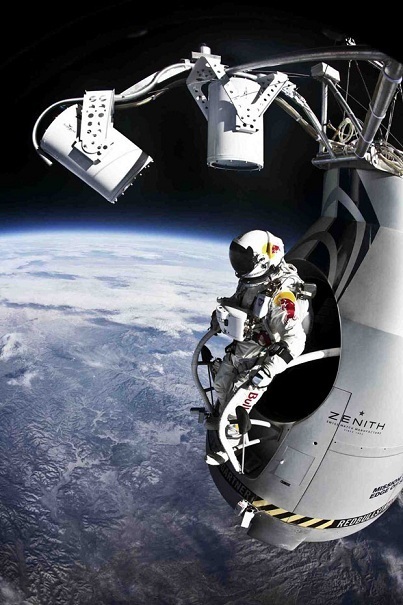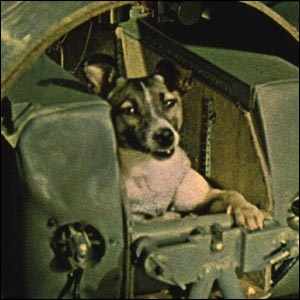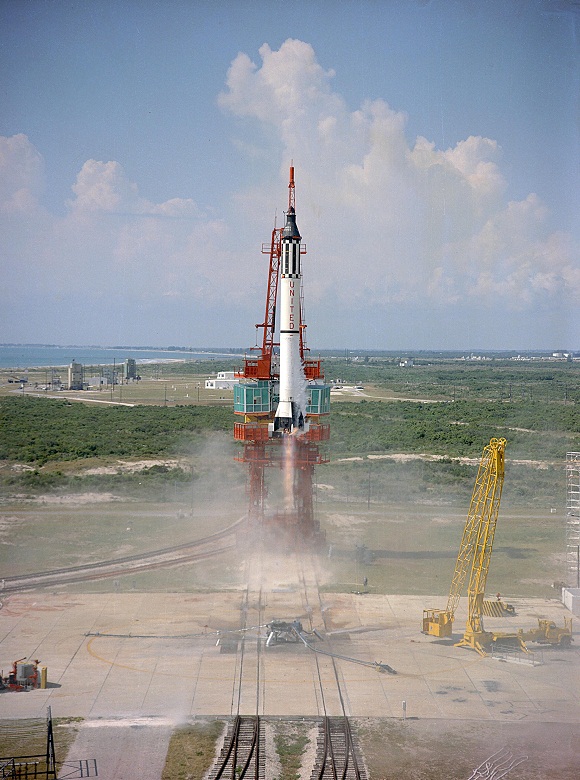First use of the I-LOFAR with the International LOFAR Telescope
Article by Aaron Golden, Visiting Astronomer at the Armagh Observatory and Planetarium Stephen Bourke works at the Department of Space, Earth and Environment, Onsala Space Observatory in Sweden, and Aaron Golden at the School of Maths in NUI Galway, and is a visiting astronomer at the Armagh Observatory and Planetarium. Read more

























































